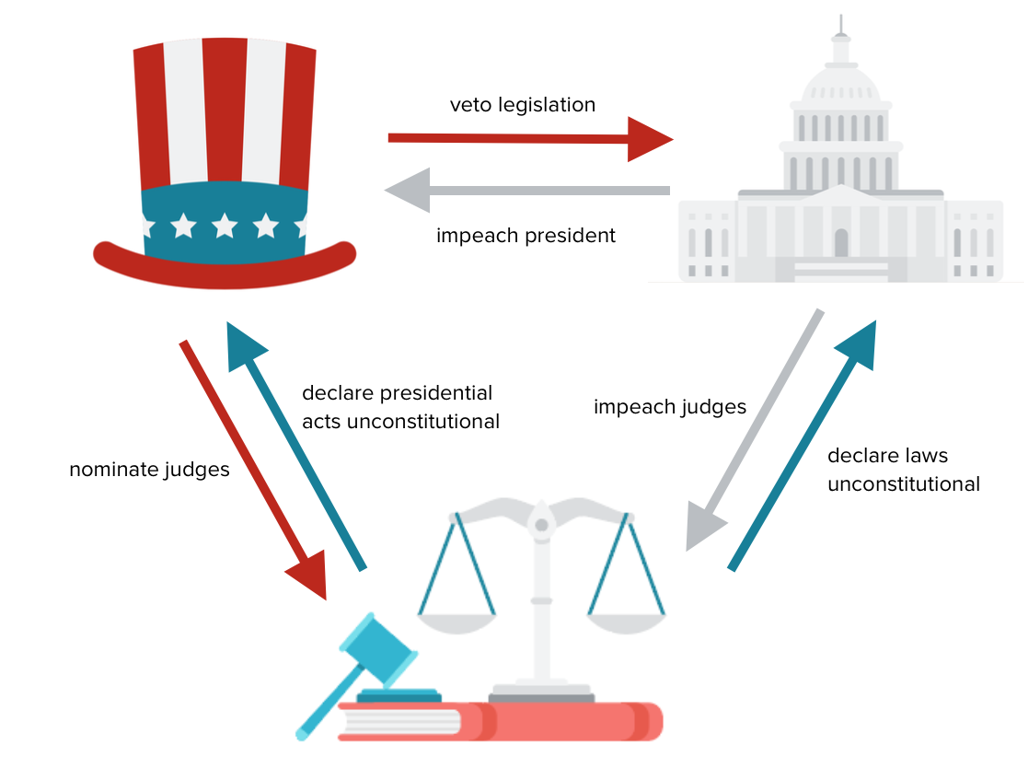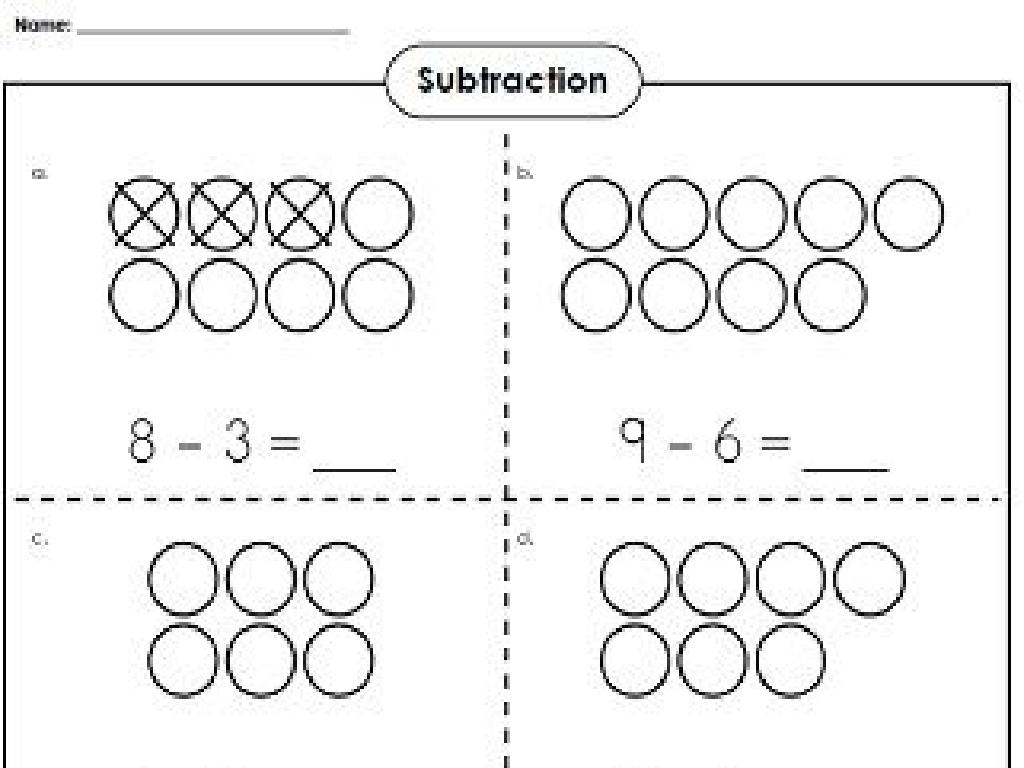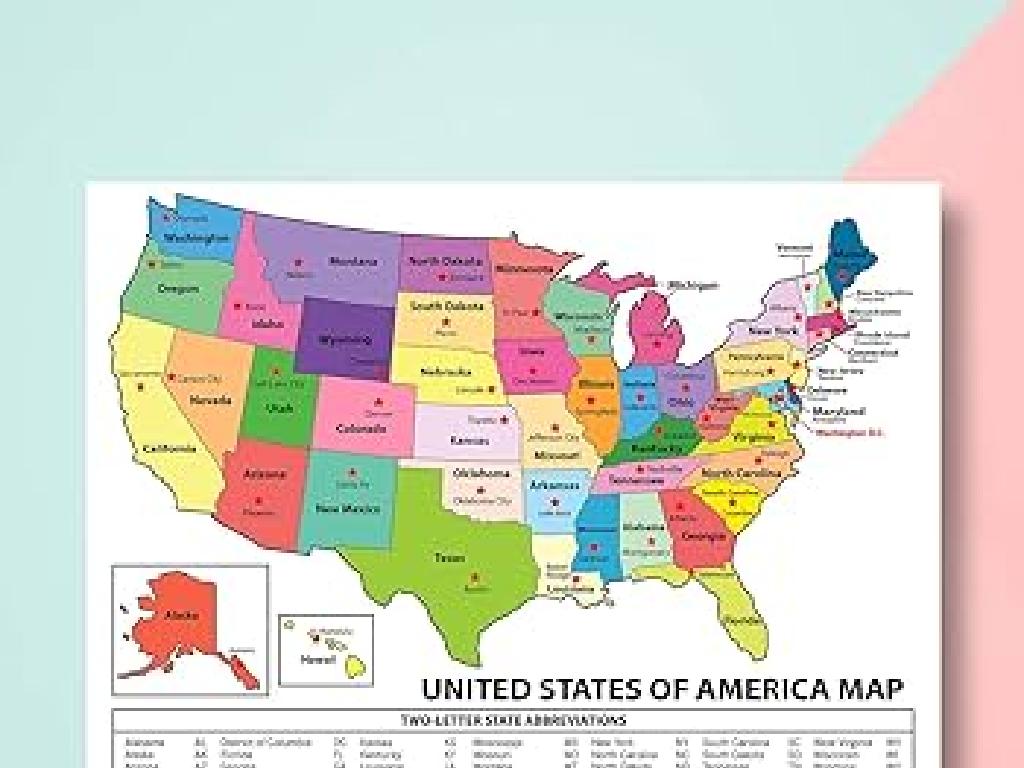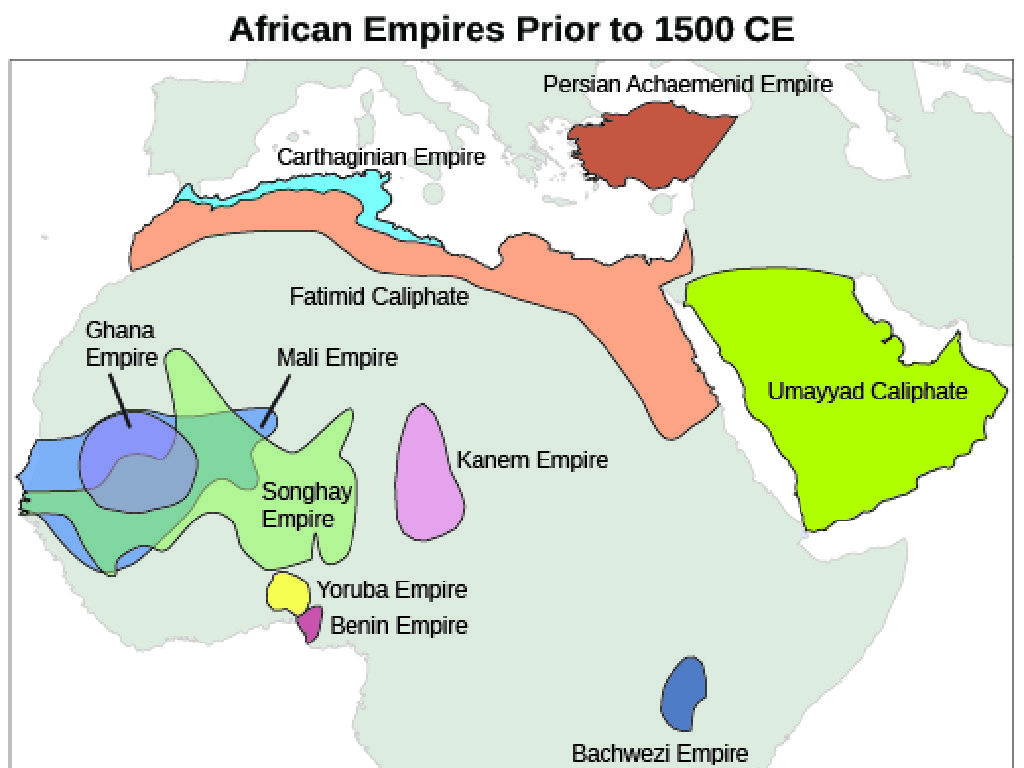Conversion Tables - Customary Units
Subject: Math
Grade: Fourth grade
Topic: Customary Units Of Measurement
Please LOG IN to download the presentation. Access is available to registered users only.
View More Content
Today’s Adventure: Conversion Tables – Customary Units
– Importance of measurement
Measurements help us in cooking, building, and more.
– Review: inches, feet, yards, miles
Remember: 12 inches in a foot, 3 feet in a yard, 1760 yards in a mile.
– Using conversion tables
– Practice with real-life examples
How many feet in 3 yards? Let’s convert using the table!
|
This slide introduces students to the concept of customary units and their conversions, which are essential in various aspects of daily life such as cooking, construction, and travel. Begin with a discussion on why measurement is important, followed by a quick review of the basic customary units of length: inches, feet, yards, and miles. Emphasize the relationships between these units. Introduce conversion tables as a tool to help with these relationships, but do not provide the table itself on the slide. Conclude with an interactive example, asking students to use a conversion table to find out how many feet are in 3 yards, guiding them through the process. This will prepare them for more practice during class activities.
Exploring Customary Units of Measurement
– History of customary units
– Originated from English units used in the Middle Ages
– Why use inches, feet, yards, miles?
– Inches for small objects, feet for personal height, yards for fabric, miles for distance
– Common objects and their sizes
– A pencil is about 6 inches long, a bed is about 3 yards wide
– Understanding everyday measurements
|
This slide introduces students to the concept of customary units, which are primarily used in the United States. The history of these units dates back to the English system of measurements. Explain why different units are used for different measurements: inches for small items, feet for height, yards for lengths of material, and miles for long distances. Provide relatable examples of common objects to help students visualize the approximate size of each unit. Reinforce the idea that these units help us measure and understand the world around us in a standardized way. Encourage students to think of other objects and their measurements to discuss in class.
Inches and Feet: Measuring Up!
– 1 foot equals 12 inches
– Using rulers to measure
– A ruler has inches on one side, feet on the other
– Measure classroom objects
– Find objects, use ruler to measure length
– Record measurements
– Write down the size in inches and feet
|
This slide introduces students to the relationship between inches and feet, which are customary units of measurement. Start by explaining that 1 foot is equal to 12 inches. Show them how to use a ruler, pointing out the different sides for inches and feet. For the activity, have students find five objects in the classroom to measure. They should use the ruler to measure the length of each object in both inches and feet and record their findings. Possible objects include a book, a desk, a piece of paper, a shoe, and a chalkboard. This hands-on activity will help solidify their understanding of measuring with customary units.
Feet and Yards: Understanding Customary Units
– 1 yard equals 3 feet
– Football fields and fabrics
– A football field is 100 yards long, fabric is often sold by the yard.
– Classroom conversion exercise
– Measure our classroom and convert from feet to yards.
|
This slide introduces students to the relationship between feet and yards, which are customary units of measurement in the United States. Start by explaining that 1 yard is equal to 3 feet. Provide relatable examples such as the length of a football field and how fabric is measured and sold by the yard to help students visualize the concept. For the class exercise, guide students to measure the classroom in feet and then convert those measurements to yards. This practical application reinforces their understanding of the conversion between these two units. Prepare a worksheet with the classroom’s dimensions in feet for students to convert to yards, or if possible, have them measure the classroom themselves with a measuring tape.
Yards and Miles: Measuring Distance
– Yards to miles conversion
– 1 mile equals 1,760 yards
– Grasping miles for long distances
– Miles are used to measure longer distances, like between cities
– Real-world example: school to park
– How far is the park? Let’s measure in yards and then convert to miles!
– Activity: Map out a mile
– Use a map to visualize and measure a mile from your location
|
This slide aims to help students understand the relationship between yards and miles, which are both customary units of measurement for distance. Start by explaining that 1 mile is equal to 1,760 yards. Emphasize that miles are typically used for measuring longer distances, such as the distance between cities or landmarks. Provide a relatable example by discussing the distance from the school to the nearest park, asking students to estimate the distance in yards and then convert it to miles. As an activity, have students use a map to find and measure a one-mile distance from their home or school. This will give them a practical understanding of how long a mile is and how to convert between yards and miles.
Mastering Conversion Tables
– Understanding conversion tables
– A tool to help us switch between different units, like inches to feet
– Crafting a personal conversion chart
– We’ll make our own chart for quick reference during homework
– Practice with conversion examples
– Let’s try converting 24 inches to feet using our table
– Applying conversions in exercises
– Use the chart to solve problems in classwork
|
This slide is aimed at helping students understand the purpose and use of conversion tables in customary units of measurement. Begin by explaining what a conversion table is and how it can be used to convert measurements from one unit to another. Emphasize the importance of knowing how to use these tables, as they are a fundamental tool in many areas of math and science. Next, guide the students through creating their own conversion table, which they can personalize and use as a reference for homework or classwork. Provide practice problems for converting measurements using the table, and encourage students to apply what they’ve learned by using their charts to complete exercises. This hands-on approach will help solidify their understanding of the concept.
Let’s Practice Conversion!
– Class conversion problem-solving
– We’ll solve problems together on the board
– Group activity: unit-based story
– Create a fun story using different customary units
– Individual worksheet practice
– Solve problems on your worksheet for practice
– Understanding through collaboration
|
This slide is designed to engage the class in active learning of customary unit conversions. Start with a collaborative problem-solving session where students can contribute to solving conversion problems on the board. This will help them understand the process and see common mistakes. Next, break the class into small groups and have them create a short story that involves various units of measurement, which will help them contextualize the units in real-life scenarios. Lastly, distribute individual worksheets with conversion problems for students to solve independently, reinforcing their learning. Encourage participation and provide guidance as needed. The goal is to solidify their understanding of conversion between different customary units through varied and interactive methods.
Class Activity: Measurement Scavenger Hunt
– Find and measure classroom items
– Record measurements in various units
– Use conversion table for measurements
– How many inches are in a foot? Let’s convert!
– Share findings with the class
|
This interactive activity is designed to help students apply their knowledge of customary units in a fun and engaging way. Students will search the classroom for items to measure, such as a book, desk, or pencil, and record their lengths, widths, and heights in different units (inches, feet, yards). They will then use the conversion table provided to convert all their measurements into new units. This will reinforce their understanding of how different units relate to each other and the practical use of conversion tables. After completing their measurements, students will present their findings to the class, fostering a collaborative learning environment. Possible variations of the activity could include measuring the same item in pairs to compare results, converting weights of objects from pounds to ounces, or even creating a display of their findings on a classroom wall.
Wrapping Up: Customary Units
– Review of today’s key points
– Importance of conversion skills
– Conversions are essential for recipes, science experiments, and more.
– Looking ahead: Temp & Volume
– We’ll explore how to measure and convert temperature and volume.
– Homework: Practice problems
– Solve the provided problems to reinforce today’s lesson.
|
As we conclude today’s lesson on customary units, it’s important to recap the main points to reinforce learning. Emphasize the practical applications of conversion skills in everyday life, such as cooking or understanding weather reports. Previewing tomorrow’s lesson on temperature and volume will prepare students for what’s to come and help them see the connection between different types of measurements. Assign practice problems as homework to ensure students apply what they’ve learned and come to the next class ready to dive into new concepts.
Homework: Customary Units Conversion
– Complete the conversion worksheet
– Measure 10 household items
– Find items like a book, spoon, or your bed
– Record measurements in customary units
– Use inches, feet, or yards for length
– Use the conversion table to convert
– Change inches to feet, or feet to yards, etc.
|
This homework assignment is designed to reinforce the students’ understanding of customary units and their ability to use conversion tables effectively. The worksheet will provide structured practice, while measuring items at home encourages practical application of their knowledge. When converting, students should refer to the conversion table provided in class. This will help them become more familiar with the concept of equivalent values between different units. For the next class, plan a discussion around the challenges faced during this activity and how they overcame them, which will help in assessing their understanding and ability to apply the conversion table.






